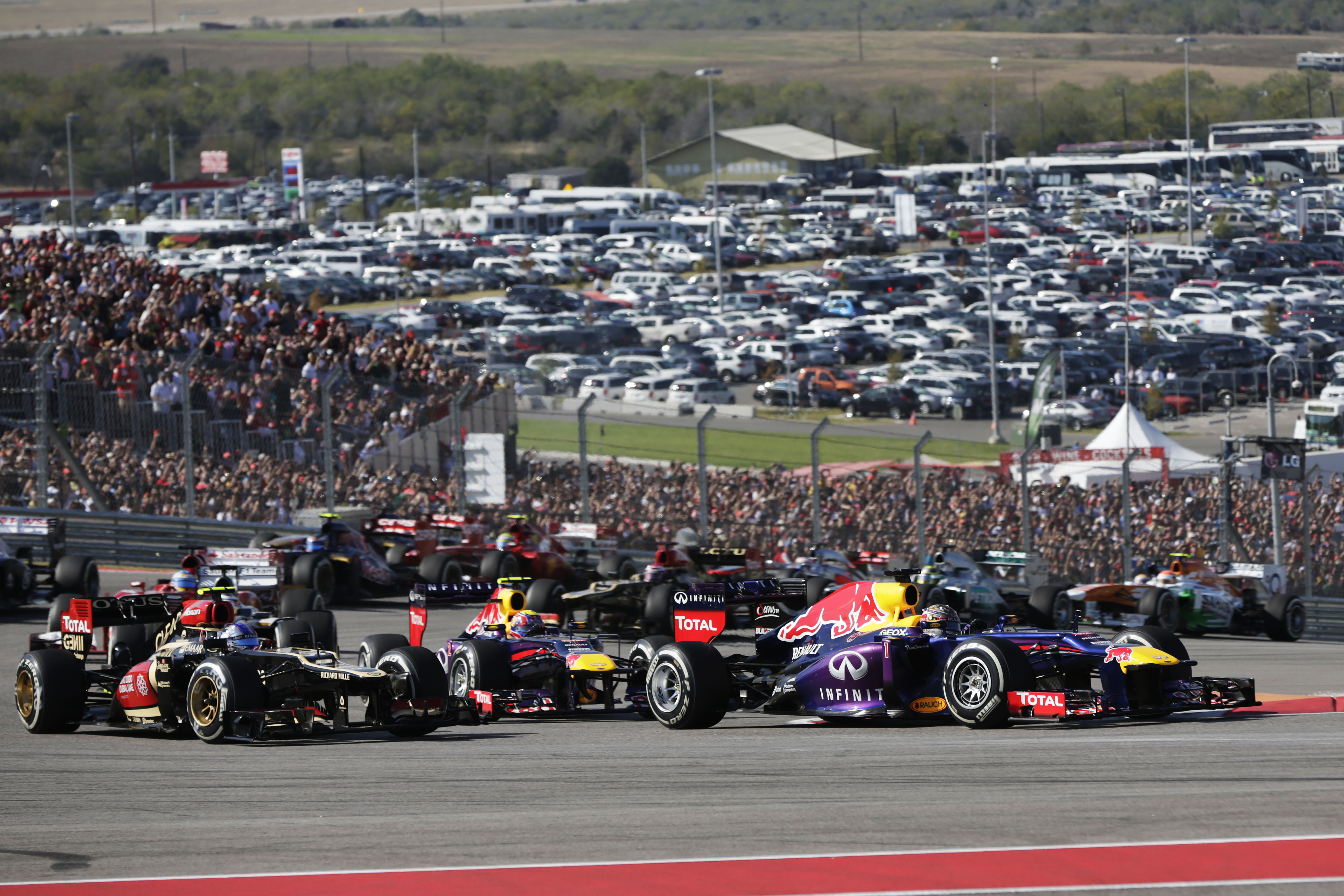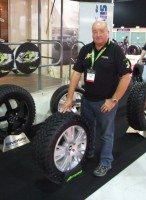Pirelli projects strategy change for USA grand prix
 Sebastian Vettel was victorious with a one-stop strategy in 2013
Sebastian Vettel was victorious with a one-stop strategy in 2013
Pirelli will bring its softest tyre compounds yet to the Circuit of the Americas in Texas when it hosts its third Formula One grand prix. The soft compound replaces the hard, with the medium present in both 2012 and 2013. The compounds are designed to cope with the varying demands of the track, which takes in three long straights, but also a number of more technical corners.
The Austin circuit is dubbed a very busy lap with some unique challenges by Pirelli, with uphill braking area after the start that makes it difficult to find the correct braking point. In combination, this all makes for an exciting track that both drivers and spectators enjoy immensely. The United States Grand Prix also marks the start of the final sequence of back-to-back races of the year, with the teams then heading straight to Interlagos in Brazil, where the same medium and soft tyre nomination has been made.
Paul Hembery, Pirelli motorsport director, states: “As is the case for every automotive manufacturer, America is a key market for Pirelli. So we are very pleased to be heading back to Austin, which is a great city to spend time in as well as a fantastic place to race. With the track surface now three years old, it has become more mature and should theoretically offer better grip than previous years.
“The medium and soft tyres are expected to put us on track for a two-stop race, although we will have to confirm our projected data after free practice. A lot will depend on the weather. Even though the race takes place in November, warm but variable conditions are still likely, so thermal degradation will be an important factor. How much that influences wear and overall degradation with the new generation of cars this year – and therefore the race strategy – is something we will only find out when we get there.
“On both previous occasions, the winning strategy has always been a one-stopper: also because the race comes relatively late in the season, by which time most teams have developed a good understanding about how to get the most out of the tyres.”
Jean Alesi, Pirelli consultant, added: “Austin is above all a really exciting circuit for drivers. There are good possibilities to attack and to overtake under braking for Turn 1, and also through the esses, where a number of different lines are possible. Plenty of overtaking opportunities normally ensure a good grand prix; this track is far from boring.
“The variation in temperatures is another important factor: last two years it was definitely cold in the morning, but hot when it came to qualifying. That makes getting the tyre into the right operating window an additional challenge for the drivers and teams in America.”
Pirelli analysis of the circuit
Austin’s three long straights tend to cool down the tyres, making the braking areas critical, as tyre temperature will have dropped slightly, Pirelli explains. This also then affects the turn-in into fast corners, as the compound has to get back up to temperature very quickly.
The medium tyre is a low working range compound, capable of achieving optimal performance even at a wide range of low temperatures. The soft tyre by contrast is a high working range compound, suitable for higher temperatures. There was an extremely variable range of track temperatures throughout the US Grand Prix weekend last year, from 18 to 37 degrees centigrade.
The mixture of straights and corners require a compromise in terms of downforce, placing a strong emphasis on mechanical grip from the tyres. As well as the long Turn 1 and fast changes of direction in the early part of the lap, Turn 11 also places heavy demands on the tyres. The driver starts braking as the car is turning into the corner, creating an uneven distribution of forces on the rubber.
The winning strategy last year was a one-stopper. Red Bull’s Sebastian Vettel started on the medium compound and then pitted for the hard tyre on lap 27. The top 12 finishers all stopped just once.




Comments